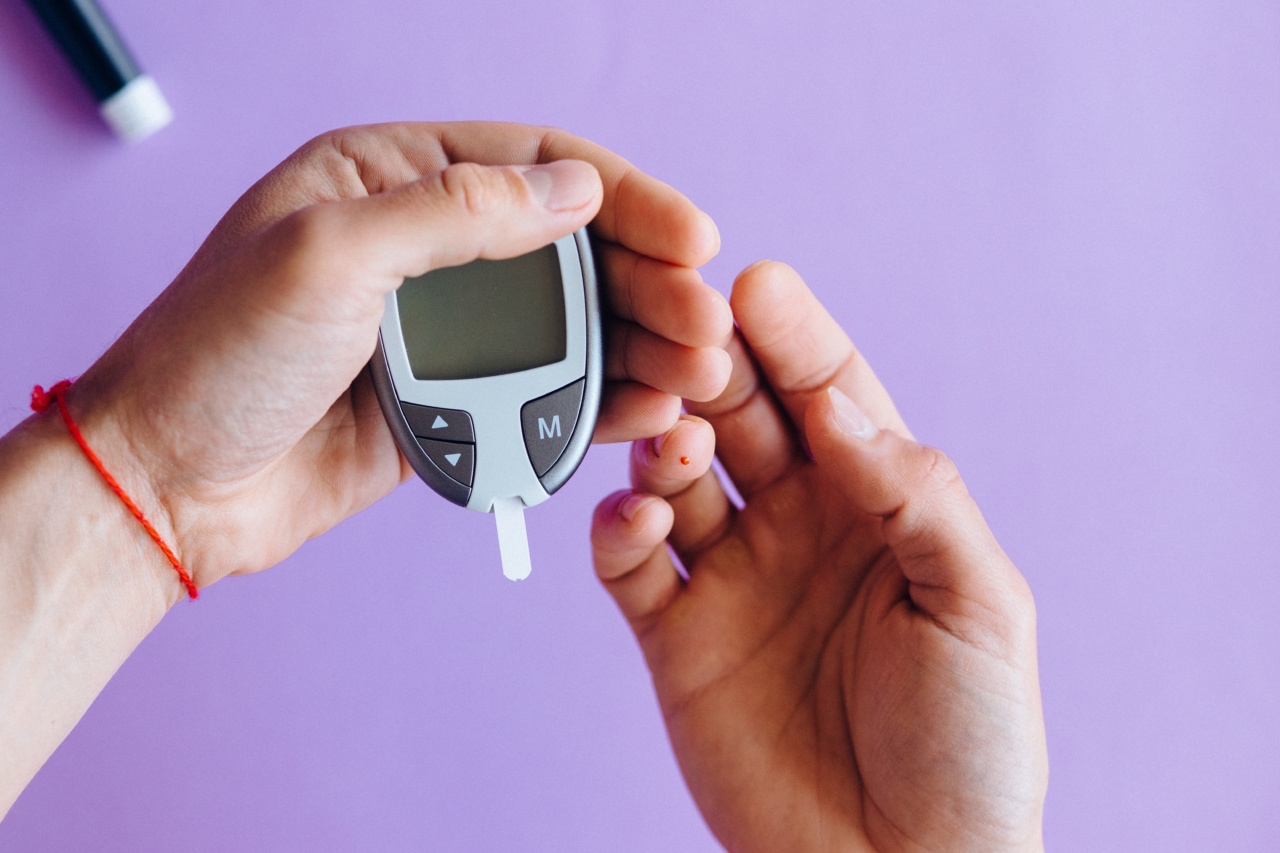For decades, sugar has been a major part of our diets. It’s in almost everything we consume, from sodas to baked goods, and it’s quickly become one of the leading causes of high blood pressure.
Not only does sugar cause weight gain, but it is also a major contributor to heart disease, stroke, and other cardiovascular problems. In this article, we will explore the effects of sugar on blood pressure, and how to reduce your sugar intake to keep your heart healthy.
What is Sugar?
Sugar is a type of carbohydrate that provides energy for the body. It is found in many foods and drinks, including fruits, vegetables, cereals, and processed foods. Sugar is made up of two molecules: glucose and fructose.
Glucose is a simple sugar that our body uses for energy, while fructose is a type of sugar that is processed in the liver.
What are the Effects of Sugar on Blood Pressure?
Sugar can have a significant impact on blood pressure. When we consume sugar, it causes our blood sugar levels to spike, which triggers our body to release insulin. Insulin is a hormone that helps our cells absorb the excess sugar in our blood.
However, when our body releases too much insulin, it can cause our blood pressure to rise. High blood pressure, also known as hypertension, is a major risk factor for heart disease and stroke.
Sugar also contributes to weight gain, which can also lead to high blood pressure. When we consume too much sugar, our body stores it as fat. This excess fat can lead to obesity, which puts additional stress on our heart and blood vessels.
Obesity is a major risk factor for high blood pressure, as well as many other health problems.
How to Reduce Your Sugar Intake
If you’re concerned about your sugar intake and its effects on your blood pressure, there are several steps you can take to reduce your consumption. Here are some tips:.
1. Read Food Labels
When you’re shopping for food, make sure to read the labels carefully. Many processed foods contain large amounts of sugar, even if they don’t taste sweet.
Look for hidden sources of sugar, such as high fructose corn syrup, molasses, and sucrose.
2. Avoid Sugary Drinks
Sodas, fruit juices, and other sweetened beverages are some of the biggest sources of sugar in our diets. Instead of reaching for a sugary drink, try water, tea, or a sugar-free alternative.
3. Choose Fresh Foods
Fresh fruits, vegetables, and whole grains are naturally low in sugar and high in nutrients. Choose fresh foods whenever possible and limit your intake of processed foods.
4. Cook at Home
When you cook meals at home, you have more control over the ingredients. Choose recipes that use fresh, whole ingredients and limit your use of sugar.
5. Use Sugar Alternatives
If you want to sweeten your food or drinks, consider using a sugar alternative. There are many natural alternatives to sugar, such as honey, maple syrup, and stevia.
6. Slowly Cut Back
If you’re used to consuming large amounts of sugar, cutting back can be a challenge. Instead of trying to eliminate sugar from your diet all at once, start slowly by reducing your intake.
Gradually decrease the amount of sugar in your food and drinks until you’re consuming a healthy, moderate amount.
Conclusion
Sugar is a major contributor to high blood pressure, which can lead to heart disease, stroke, and other serious health problems. By reducing your sugar intake, you can lower your risk of these health issues and keep your heart healthy.
Start by reading food labels, avoiding sugary drinks, choosing fresh foods, cooking at home, using sugar alternatives, and slowly cutting back on your sugar intake. With these simple steps, you can take control of your health and live a longer, healthier life.



























